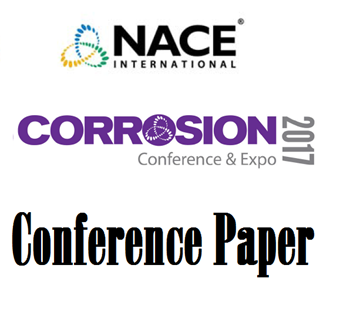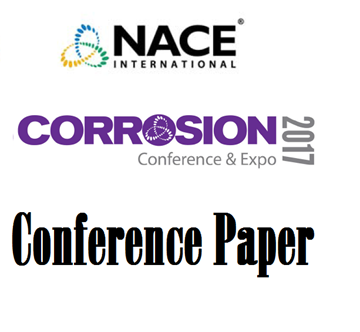Search
NACE Conference Papers
View as
Sort by
Display
per page
Investigation of Hydrogen Embrittlement of High Strength Pipeline Steels Under Cathodic Protection
Product Number:
51317--9255-SG
ISBN:
9255 2017 CP
Publication Date:
2017
$20.00
Investigation of Hydrogen Embrittlement Susceptibility of Precipitation Hardened Nickel Alloys Under Cathodic Protection Condition
Product Number:
51314-4248-SG
ISBN:
4248 2014 CP
Publication Date:
2014
$0.00
Investigation Of Inhibitor Adsorption Mechanism By In Situ Tapping Mode Atomic Force Microscopy
Product Number:
51321-16610-SG
Publication Date:
2021
$20.00
Investigation of Platformer Reactor Nozzle Cracking
Product Number:
MPWT19-15243
Publication Date:
2019
$0.00
Investigation of the Corrosion Performance of Stainless Steel and Low Alloy Steel Sucker Rod Materials in Aggressive Environments
Product Number:
51320-14321-SG
Publication Date:
2020
$20.00
Investigation of the Crevice Corrosion Resistance of UNS S31266 and UNS N06625 Using Accelerated Laboratory Test Methods
Product Number:
51319-13077-SG
Publication Date:
2019
$20.00
Investigation on Metal Dusting Corrosion Phenomena Over Incoloy 800
Product Number:
51317--9439-SG
ISBN:
9439 2017 CP
Publication Date:
2017
$20.00
Investigations Of Corrosion Protection Of Natural Gas Pipeline Steel By Al Sacrificial Corrosion Coatings Using Electrochemical Techniques
Product Number:
51321-16689-SG
Publication Date:
2021
$20.00
Investigations on Cathodic Protection Current Diversion to Carrier Pipe With Vci Gel Annulus Fill In Cased Pipelines
Product Number:
51319-13133-SG
Publication Date:
2019
$20.00
Investigations on the Cavitation Erosion Behavior of Aluminium Bronze in Seawater
Product Number:
51319-13308-SG
Publication Date:
2019
$20.00
IR 4.0 Integrity Management Using Data Analytics
Product Number:
MPWT19-15487
Publication Date:
2019
$0.00
IR 4.0 Knowledge Technology for Managing Risks Associated with Refining Various Crudes
Product Number:
MPWT19-15463
Publication Date:
2019
$0.00












